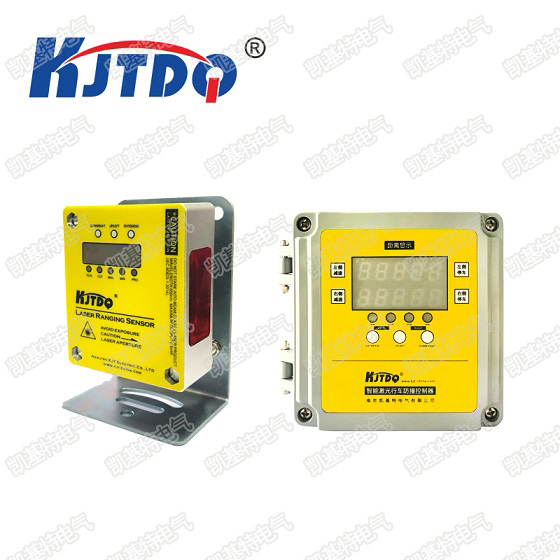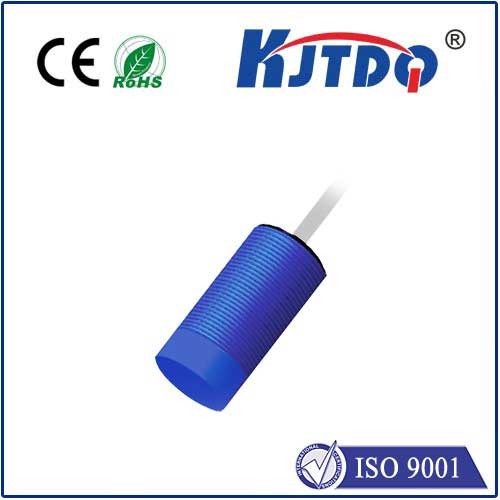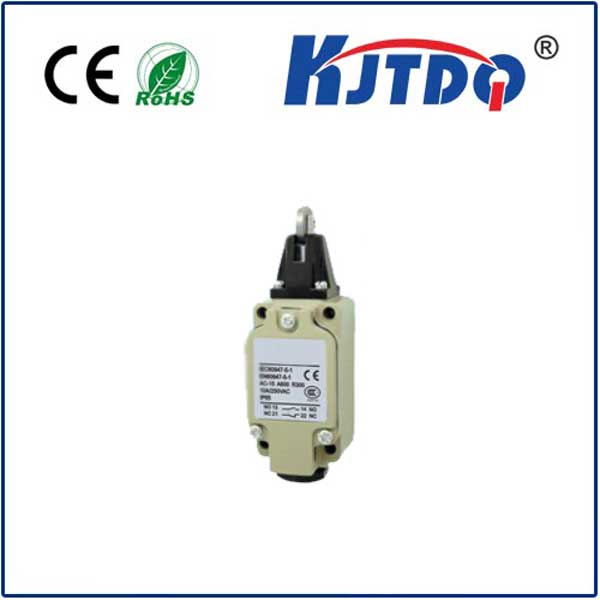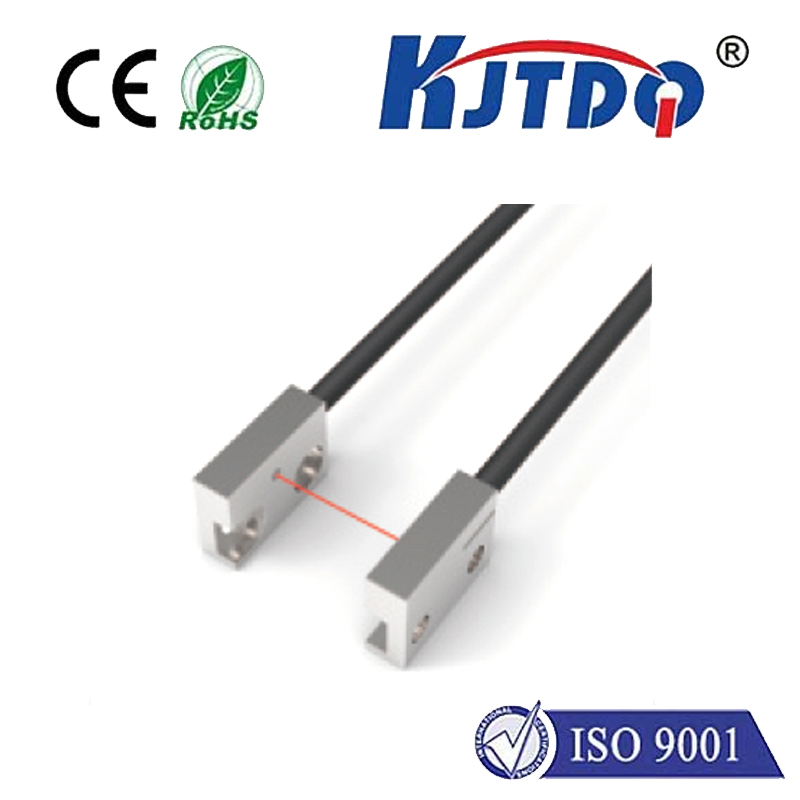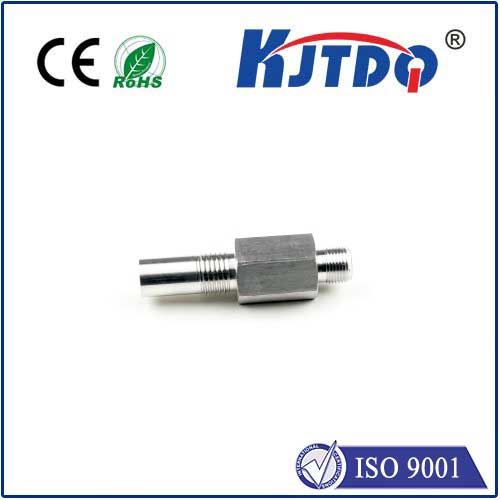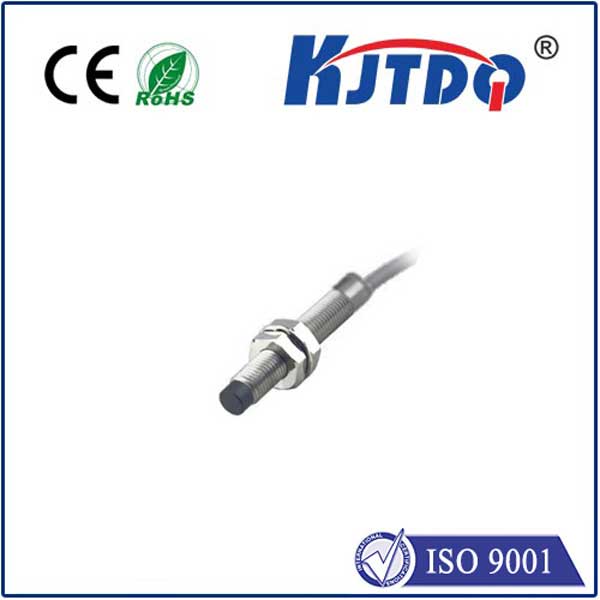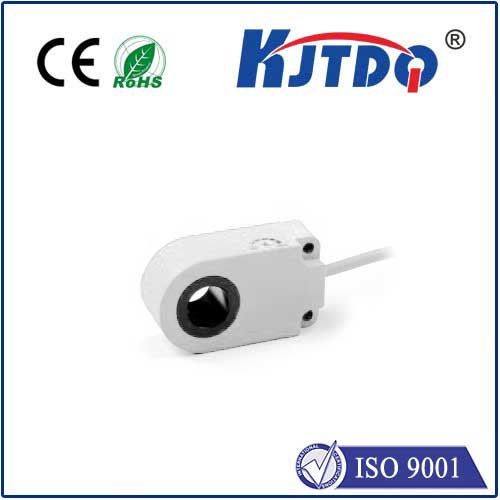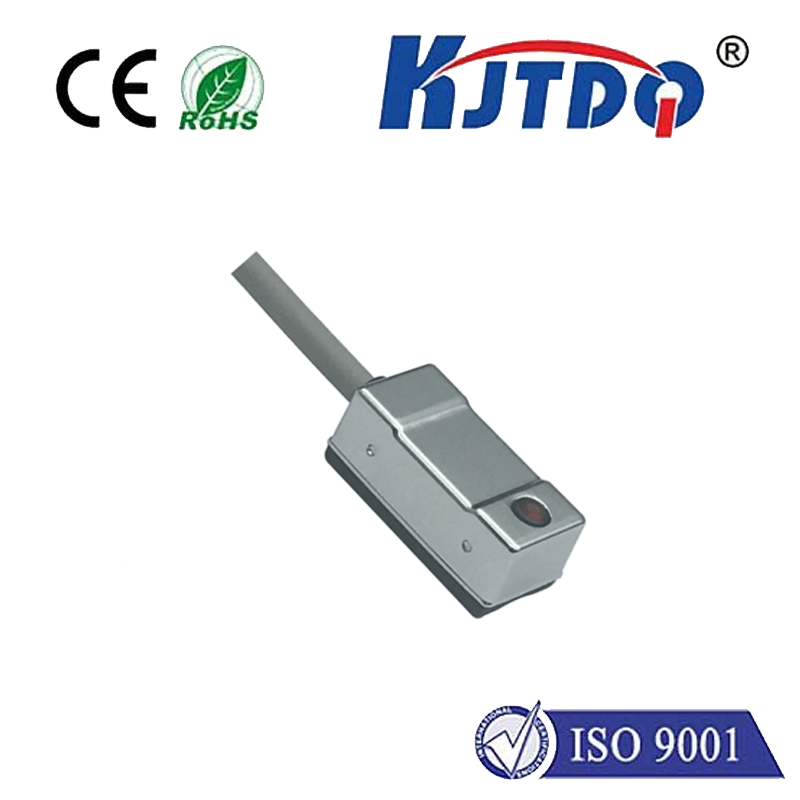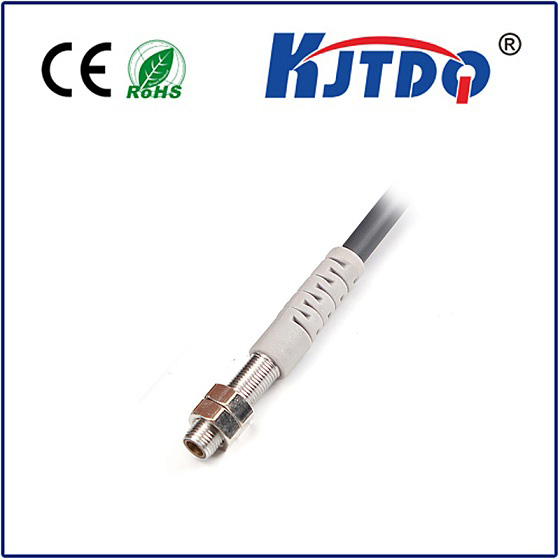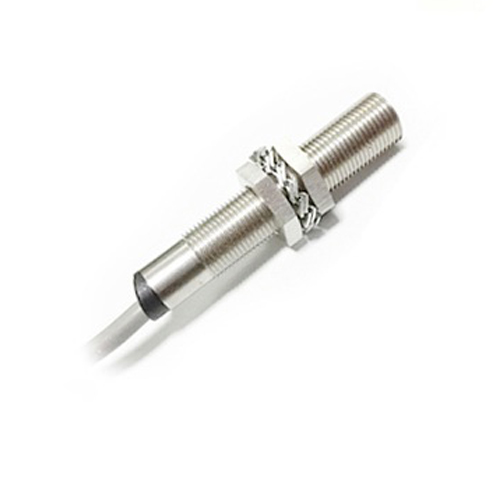

check

check

check

check

check

check

check

check

check

check
Title: Understanding Thermoplastic Limit Switches: A Comprehensive Guide
Introduction
In the world of mechanical and electronic systems, switches play a crucial role in controlling the flow of energy and ensuring efficient operation. Among these switches, thermoplastic limit switches stand out due to their unique characteristics and application in various industries. This article aims to provide a comprehensive guide on thermoplastic limit switches, including their definition, working principle, advantages, applications, and maintenance.
Section 1: Thermoplastic Limit Switches: Definition and Working Principle
A thermoplastic limit switch is a type of switching device that uses a flexible or deformable material, such as a plastic or rubber, to act as an intermediate switch between two electrical contacts. When the pressure or force applied to the switch exceeds a certain threshold value, the material changes its shape, causing one or both contact points to open or close. The opening or closing of the contact points creates an electrical signal that can be used for controlling the flow of energy in the system.
The working principle of a thermoplastic limit switch can be explained using the following steps:
1. Contact creation: When the switch is pressed or pushed, it compresses the flexible material, creating contact between the two contact points.

2. Material deformation: As the pressure or force continues to increase, the material starts to deform, causing it to stretch or bend beyond its normal range of motion.
3. Contact closure: Once the material has deformed enough, it snaps back into place, closing both contact points simultaneously. This creates a complete circuit, allowing power to flow through the system.
4. Signal generation: The opening and closing of the contact points generate an electrical signal that can be read by a microcontroller or other electronic component in the system.
Section 2: Advantages and Applications of Thermoplastic Limit Switches
There are several advantages associated with using thermoplastic limit switches in various applications:
1. High sensitivity: Thermoplastic limit switches have high sensitivity, meaning they can detect small changes in pressure or force with ease. This makes them ideal for applications where precise control over the system's operation is required.
2. Long lifespan: Due to their ability to withstand repeated usage and environmental stresses, thermoplastic limit switches can have a longer lifespan than traditional mechanical switches. This reduces maintenance costs and minimizes downtime for repairs or replacements.
3. Easy installation: Thermoplastic limit switches are typically easy to install and require minimal wiring compared to other types of switches. They can be mounted on a flat surface or integrated into compact devices, making them suitable for use in tight spaces or challenging environments.
Some common applications of thermoplastic limit switches include:
* Industrial machinery and equipment: These switches are used in applications such as cranes, conveyor belts, and manufacturing processes where precise control over system operations is essential.
* Robotics and automation systems: Thermoplastic limit switches are often used in robotic systems where high sensitivity and quick response times are required to operate accurately and efficiently.
* Medical devices: These switches are used in surgical instruments and medical equipment where precise control over movements is necessary for patient safety and recovery.
Section 3: Maintenance and Tips for Using Thermoplastic Limit Switches
Proper maintenance is essential to ensure the reliable operation of thermoplastic limit switches. Here are some tips to help you maintain these switches effectively:
1. Clean regularly: To prevent dirt or debris from buildup on the contact points, clean the switch periodically with a soft cloth dampened with mild soap and water. Avoid using abrasive materials or harsh chemicals that could damage the switch's surface.
